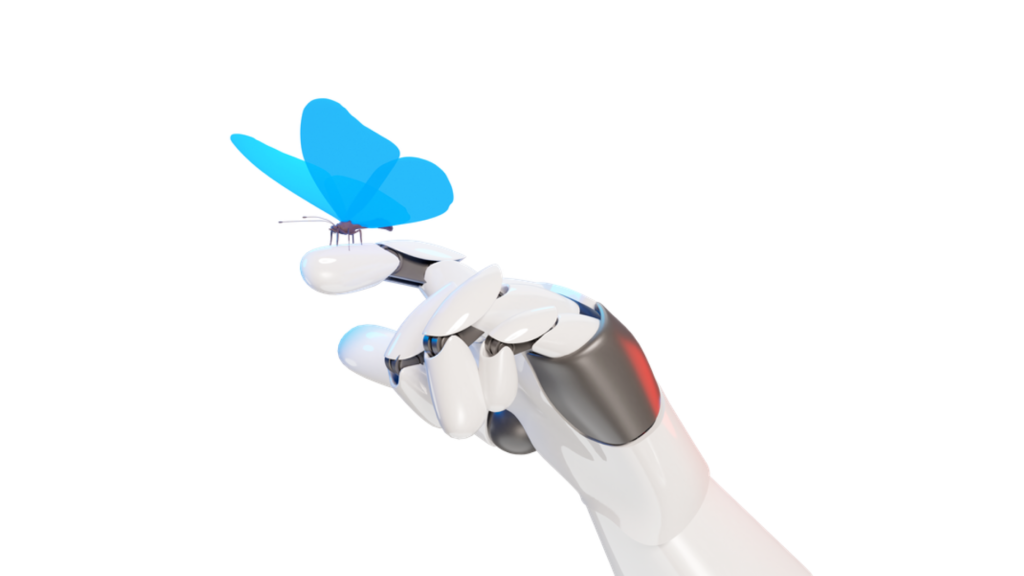In the early 20th-century, Italian artists gather in a room in Milan. The electric light, still new at the time, casts harsh, geometric shadows. In the corner, a gramophone plays experimental, sometimes chaotic music that matches the group’s disruptive ideas. Their animated discussions about speed, technology, and the future are suddenly interrupted by a soft, artificial voice. “Hello, I am ChatGPT. How may I assist you today?”
Filippo Marinetti and his Futurist cohorts fall silent. Are they witnessing the ultimate fulfillment of their dreams, or the beginning of a digital nightmare that even their radical minds couldn’t have fathomed?
The Futurists: Rebels with a High-Speed Cause
Before we dive into our AI-powered present, let’s take a quick trip back to the early 20th century. Picture this: It’s 1909, Europe is on the brink of massive changes, and a group of Italian artists are getting, well, fired up about the future.
Enter the Futurists – the rebellious teenagers of the art world. These folks weren’t content with painting pretty landscapes or sculpting serene busts. Oh no, they wanted to capture the zoom-zoom of the modern world.

The Ghost of Marinetti in the Machine: AI’s Futurist Roots
On February 20, 1909, their ringleader, Filippo Marinetti, published the Futurist Manifesto in the French newspaper Le Figaro. It was essentially a literary mic drop that shook the art world.
The manifesto was like a love letter to all things fast, modern, and mechanical. Marinetti and his crew were head over heels for:
- Speed (they were seriously obsessed)
- Technology (machines were their jam)
- Youth and violence (yep, they had a bit of an edgy phase)
- The future (duh, it’s in the name)
They wanted to kick the past to the curb and embrace the rush of the modern world. Art, they declared, should reflect the dynamism and energy of the industrial age.
This wasn’t just about painting. Futurism spread its tentacles into sculpture, architecture, literature, music, film, fashion, and even… wait for it… cuisine. (Spoiler: Futurist cuisine was wild. Think cocktails you eat with your right hand while your left hand touches sandpaper. Not kidding.)
Now, here’s where it gets juicy. Marinetti dropped this gem in the manifesto:
“We affirm that the world’s magnificence has been enriched by a new beauty: the beauty of speed.”
Little did he know that a century later, we’d have AI systems that could make his head spin faster than a Futurist sculpture in a tornado.
AI: The Genie from the Digital Lamp
Fast forward to today, and we’ve got AI that’s making the Futurists look like they were moving in slow motion. ChatGPT, Claude, Gemini, and their digital siblings are conjuring up text, images, and ideas faster than you can say “pasta alla Futurista.”
But here’s the million-dollar question: Would Marinetti and his crew be popping champagne or having an existential crisis?
The Beauty of Incomprehensible Speed
On one hand, AI is the Futurist dream come true. It’s speed on steroids, creating at a pace that makes our human brains short-circuit. There’s a certain beauty in watching an AI spit out a sonnet faster than you can say “Shakespeare who?”
But here’s the rub: Is it too fast? Are we so caught up in the whirlwind of creation that we’re forgetting to, you know, actually create?
Pump the Brakes or Floor It?
So, what’s a 21st-century human to do? Do we embrace the AI-powered future with open arms, or do we pull an uno reverse card and slow things down?
Maybe, just maybe, the answer lies in finding a balance. Like in Wim Wenders’ film “Perfect Days,” where the main character reminds us: “now is now, next time is next time.” It’s about being present, not just racing to the next big thing.
The Futurist Paradox
Here’s a mind-bender for you: The Futurists were all about breaking with the past and embracing the new. But now that the future is here (hello, AI!), are we the new “past” that needs breaking from?
It’s like we’re stuck in some weird time-travel paradox where we’re simultaneously the cutting edge and the outdated model. Talk about an identity crisis!
Wrapping Up (at Light Speed, Naturally)
So, here we are, living in a world that would make the Futurists’ heads spin. AI is pushing the boundaries of speed and creativity in ways Marinetti could only dream of. But as we race into this brave new world, let’s not forget to occasionally hit the pause button and enjoy the ride.
After all, what’s the point of creating at the speed of light if we’re too dizzy to appreciate it?
Now, if you’ll excuse me, I’m off to ask ChatGPT to write a Futurist-style poem about the joys of dial-up internet. Because why not?



